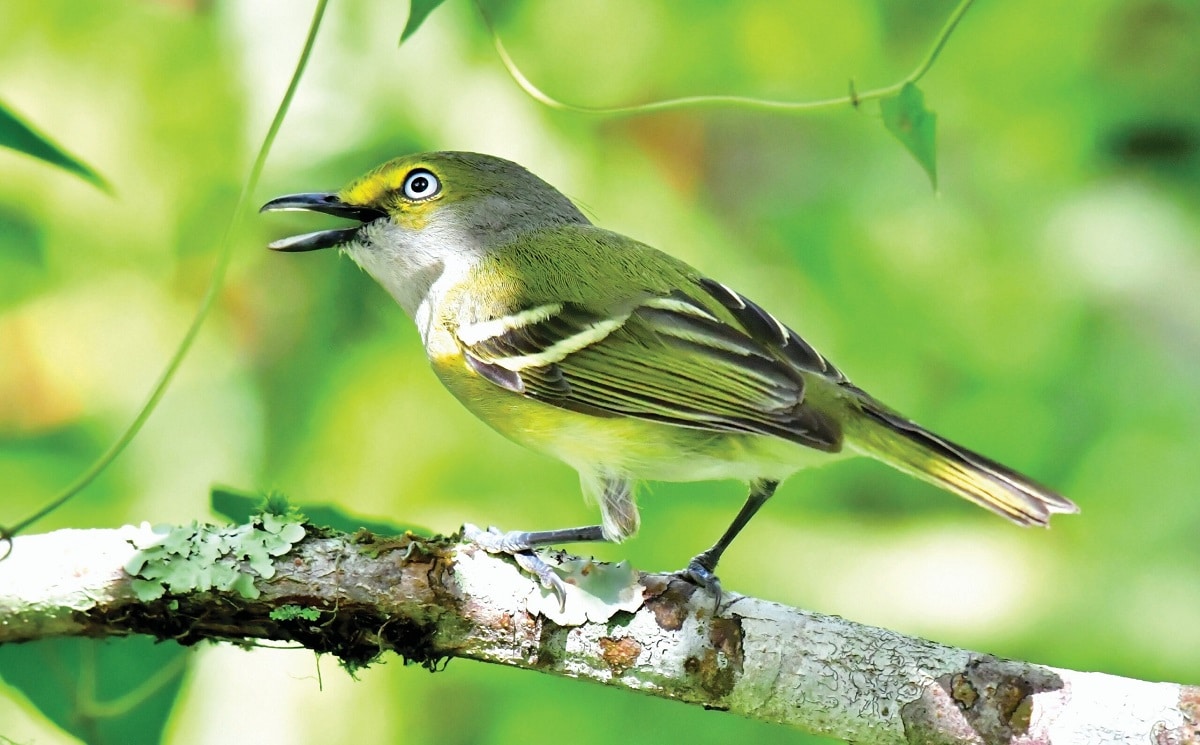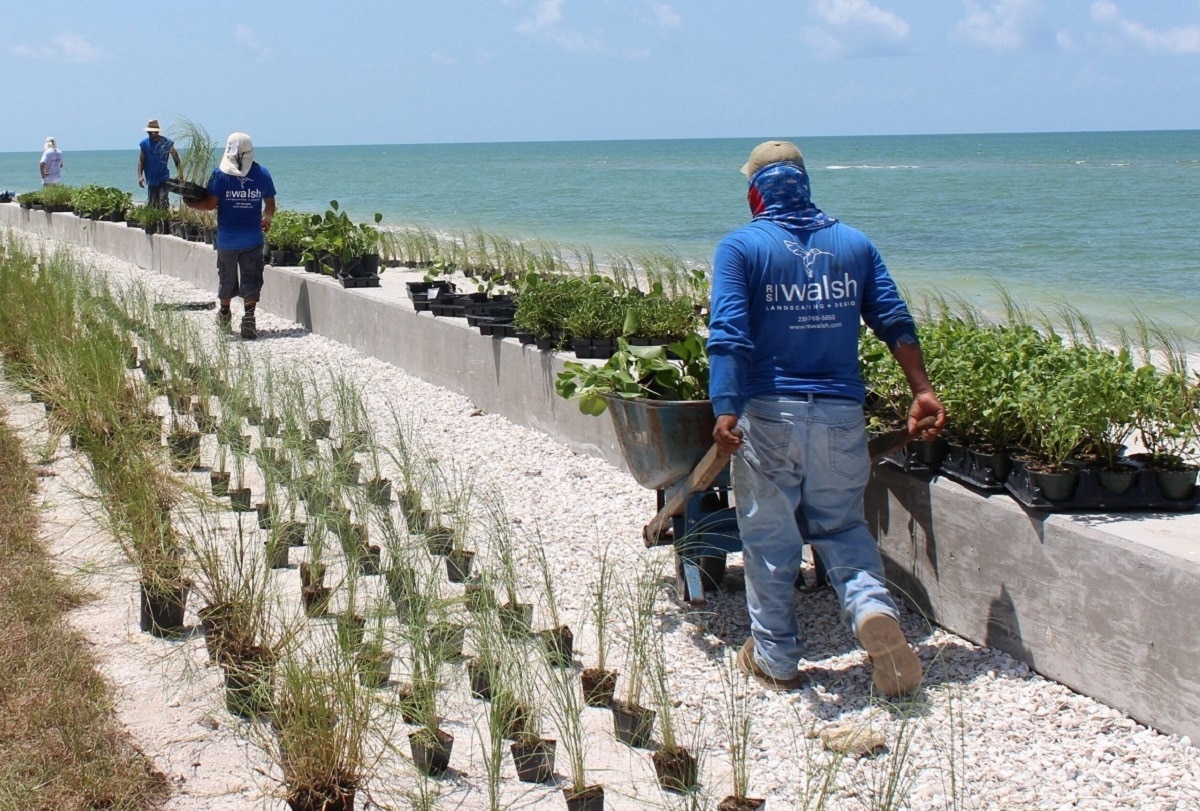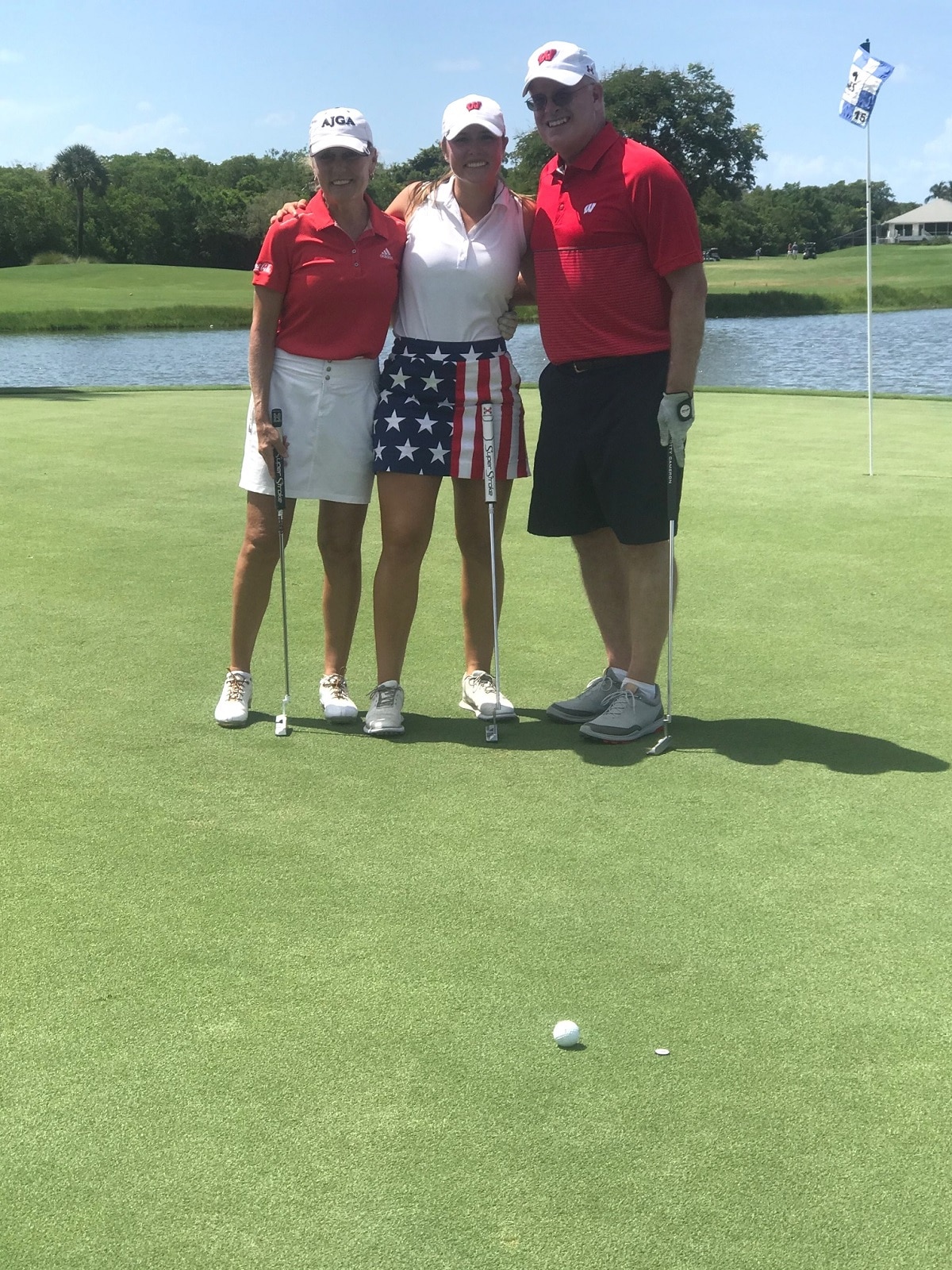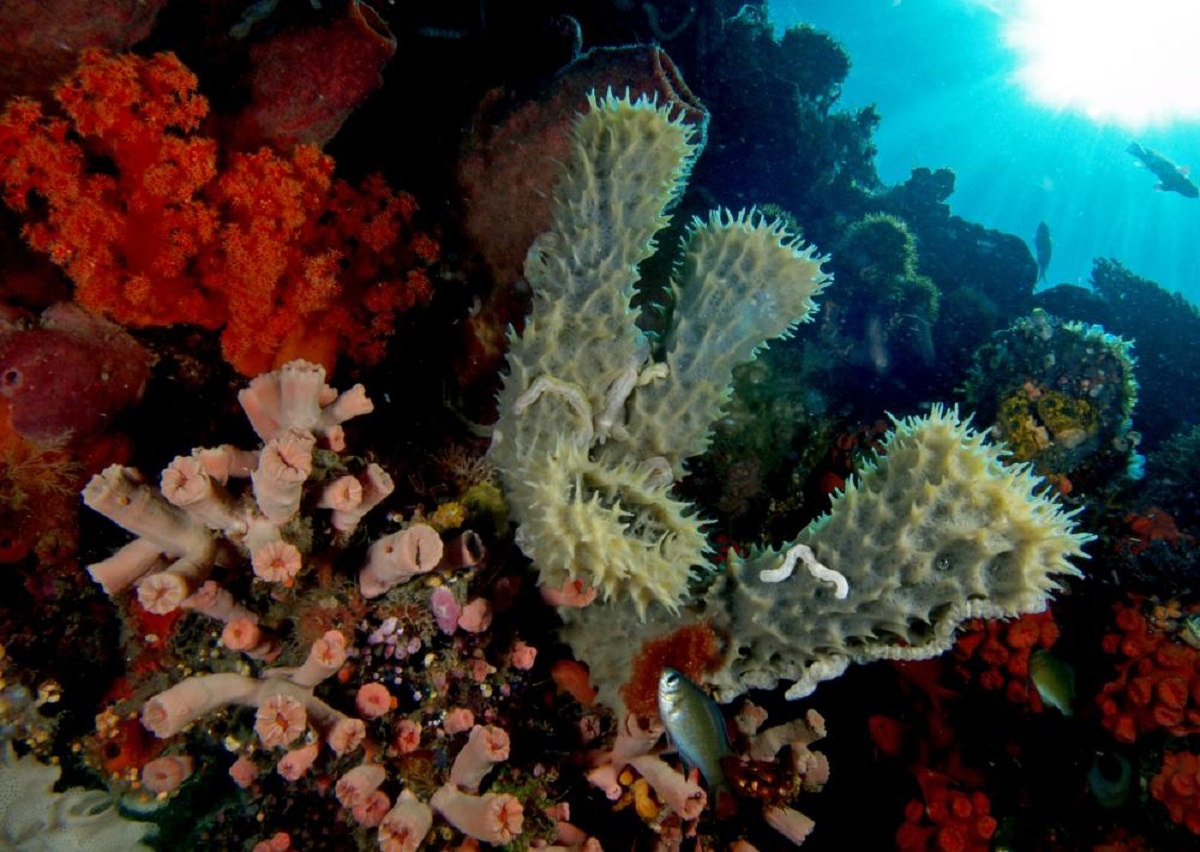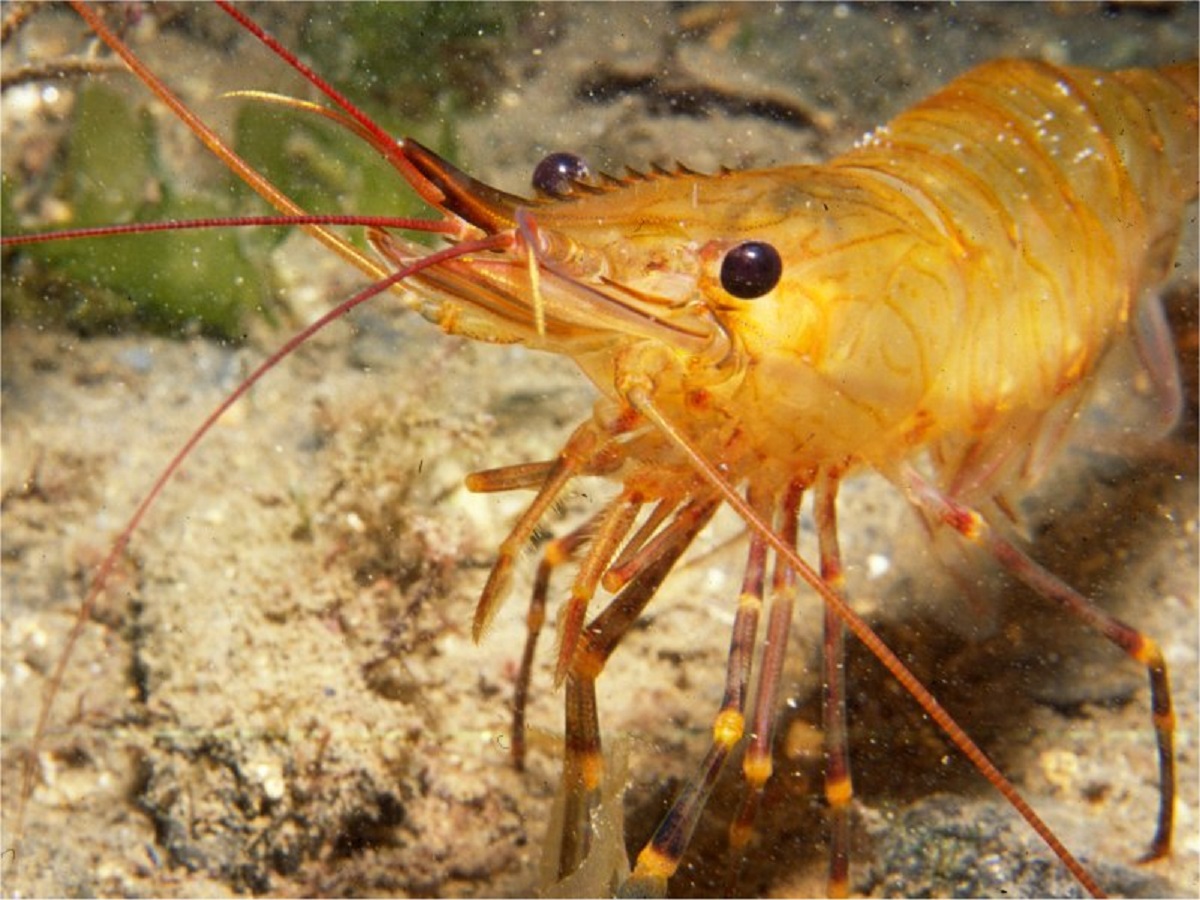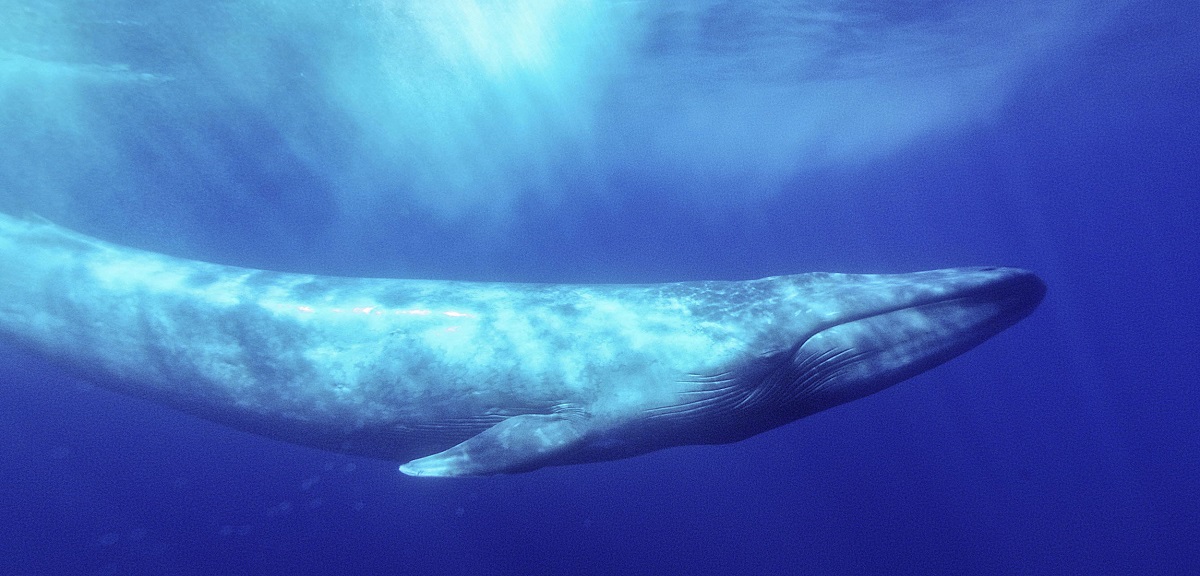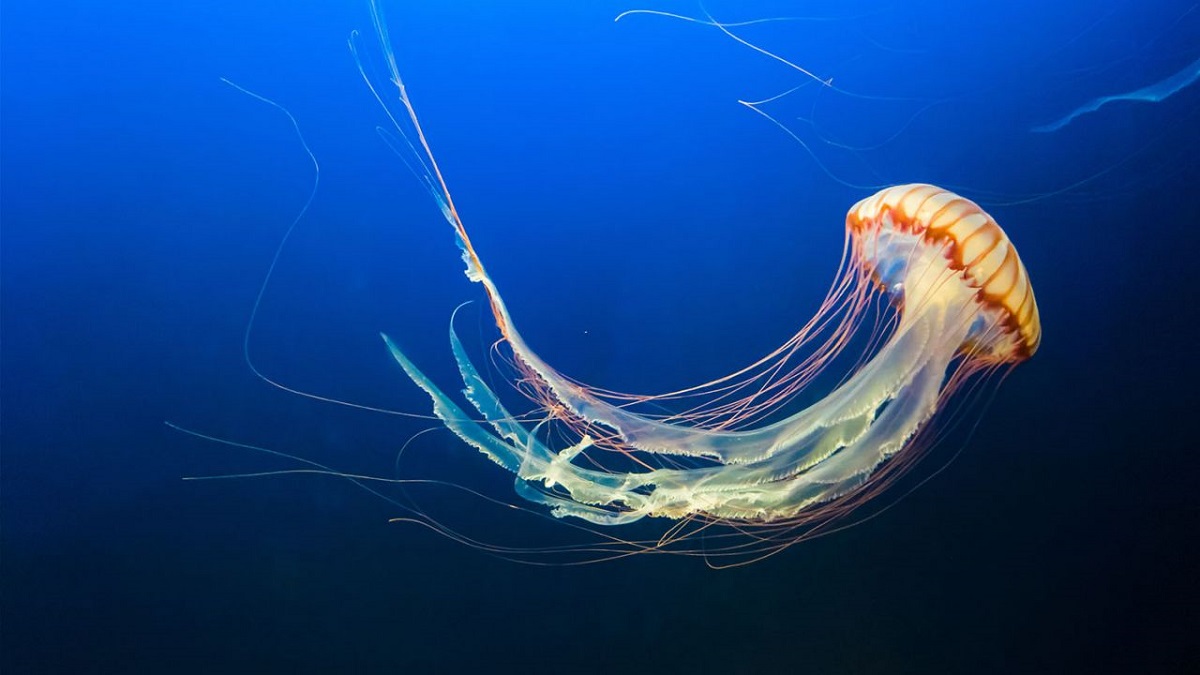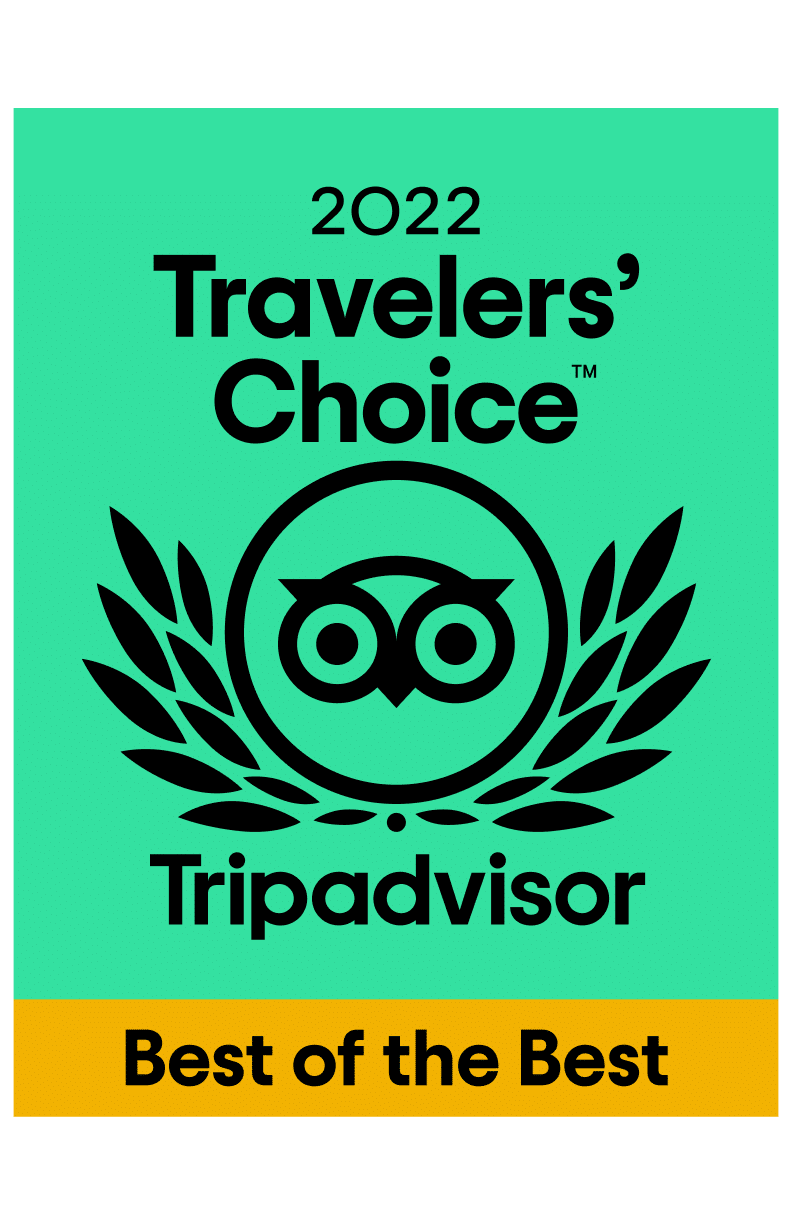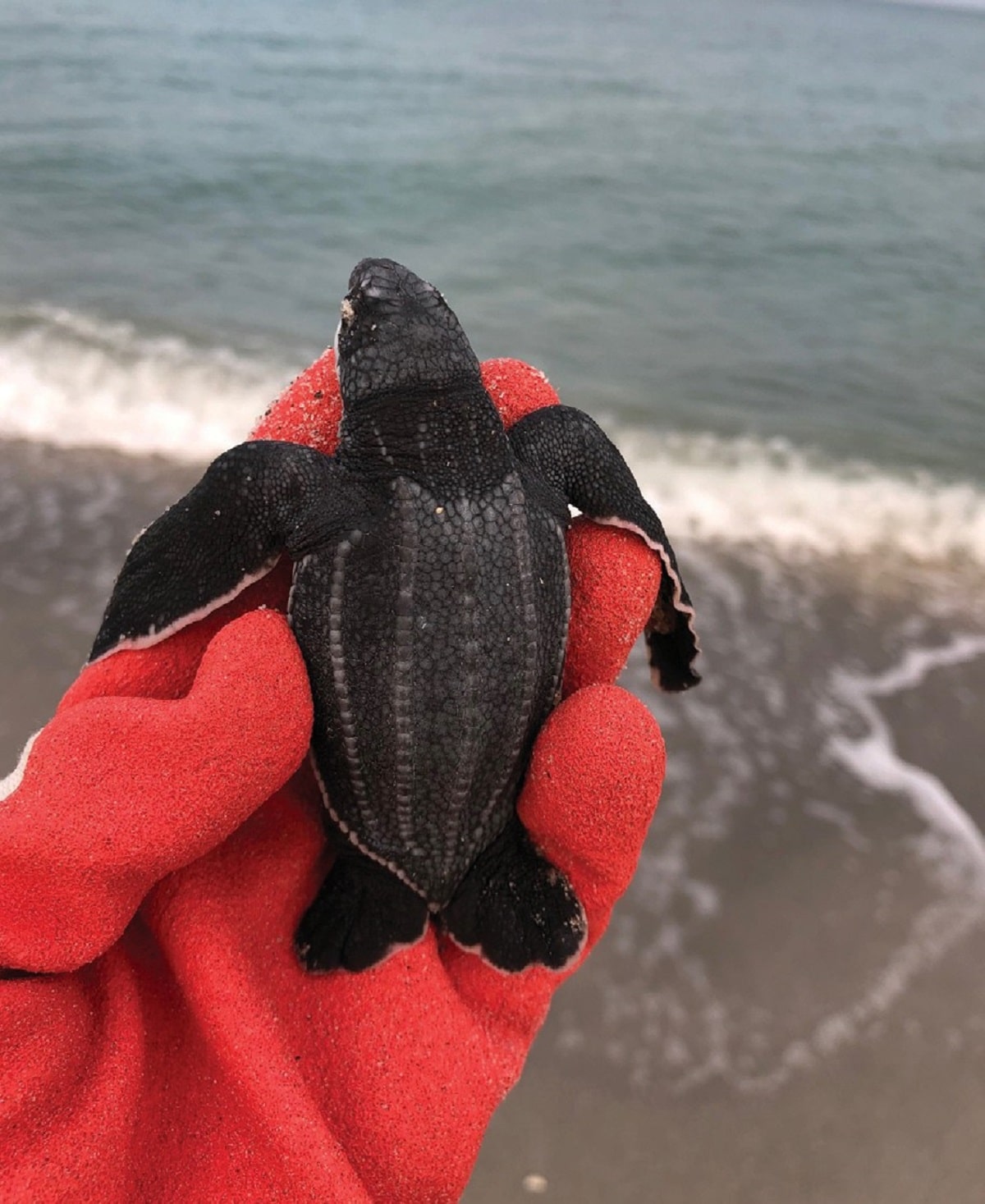
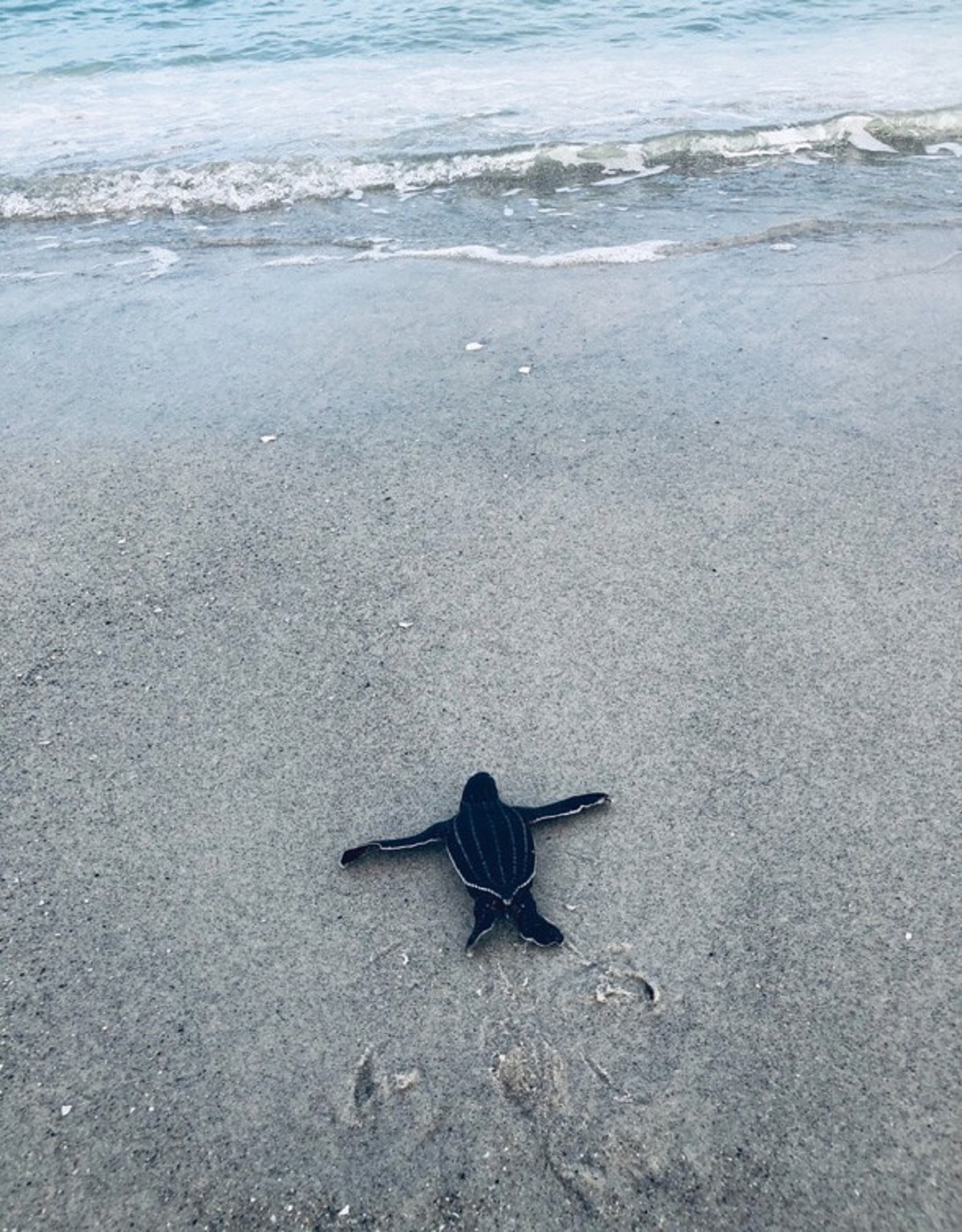
For loyal followers of our blog, you may be delighted to learn that the first leatherback sea turtle nest ever on Captiva has hatched!
The Sanibel Captiva Conservation Foundation has been keeping us up to date on this very rare occurence.
SCCF Volunteer Permittee Kerry Salatino saw that the leatherback nest had hatched recently and was able to photograph two hatchlings that were still making their way the sea. » Read more
